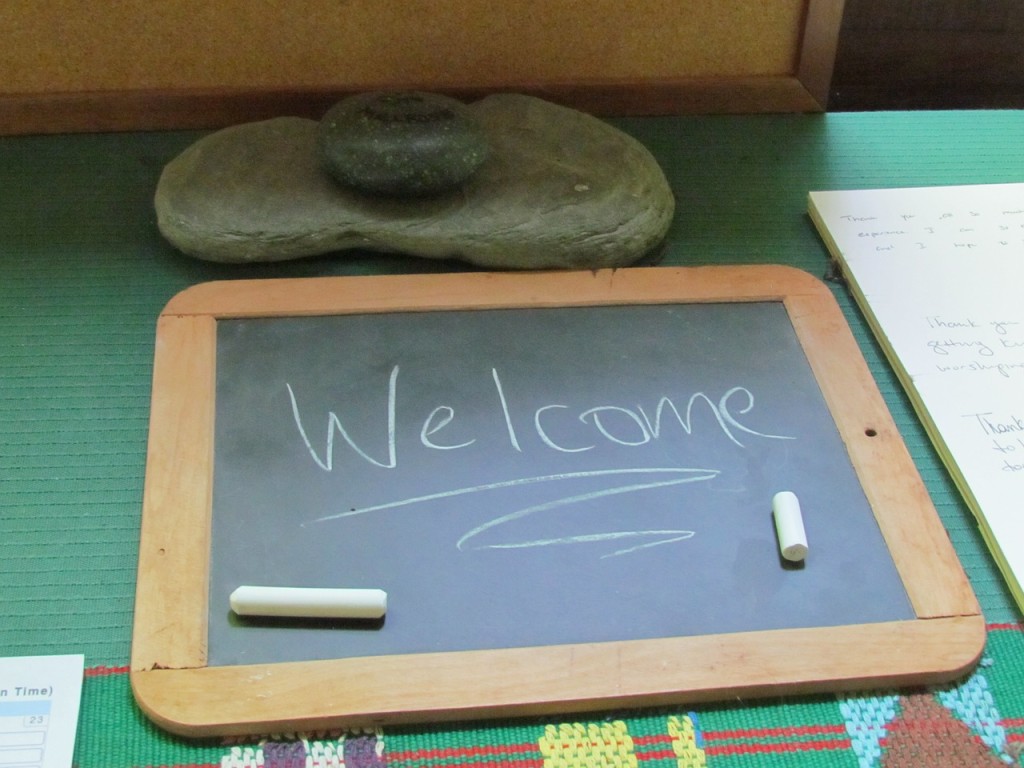
Could Halloween be every parent’s favorite nightmare? On the one hand, nothing’s more fun than running around the neighborhood with your little ghouls and goblins, as they find the simple pleasure in dressing up for one night of the year, indulging the wildest parts of their imaginations. On the other hand, it’s a time to be extra cautious. It’s trick or treat, after all. We’ve all heard the horror stories of lost kids, tainted candies, and plenty of other convincing reasons to stay inside and wait for the trouble to pass by. But fear not: simple things can help you enjoy the night without so much as a blip, making sure Halloween remains the spectacularly delightful spooky holiday that we all know and love.
American Academy of Pediatrics keeps a running list of all the things parents should know heading into Halloween week. A great tip, and one we’re sure every parent will appreciate: keep the costumes bright and reflective. Halloween is a national holiday, but that doesn’t mean everyone takes the night off. A fluorescent sticker taped to the back of a cape or a set of pixie wings ensures two things: 1) people will see your child when they come a-runnin’, and 2) you’ll be able to identify your child should they scurry away from you. It’s also a great idea to consider using glow sticks, which will keep your child visible from a distance and help you avoid those Abracadabra moments of spontaneous disappearance.
The Center for Disease Control wants to make sure everyone has a S-A-F-E H-A-L-L-O-W-E-E-N. To do so, they’ve devised a clever acronym with 13 tips to help you remember some important safety measures. “S,” for example, stands for “Swords, knives and other costume accessories,” which should be “Short, Soft, and flexible.” “H” is for “Hold a flashlight while trick-or-treating. Click the link to check out the rest!
Another big Halloween fright for parents: food allergies. Don’t underestimate them. If one thing’s certain, temptation is at the heart of this delightful holiday, and children might not understand the consequences of consuming an allergen, or they might not even know the ingredients in each candy. Food allergies pose a great challenges to you and your brood on Halloween night. Though you and your child may be aware of the can and cannots of certain delectable treats, there’s little else from stopping your child from sneaking a bite of something they know they shouldn’t be eating, especially when it looks like everyone might be enjoying a bite of something sweet. Fox32 recommends a few things: Keep in close contact with your kids while trick or treating, even mentioning to those doling out sweet treats that your child may be allergic to things like peanuts, etc. Should you be attending any festive parties, it’s a good idea to talk with the hosts beforehand to get a sense of what they’ll be serving, and to find out if any alternatives might be better suited for those with special food requirements. Going through your child’s collection of candy at the end of trick-or-treating, and then trading out the bad candy for safe candy is a kid-friendly way to keep your little goblin happy.
Similarly, it’s a good idea to brush up on your makeup knowledge in the coming week. The Food and Drug Administration points out that several styles of Halloween makeup contain toxins that can cause things like skin rash and eye irritation. The old adage proves true in this case – when in doubt, throw it out. Should a tube of makeup, paste, or any other novelty creamer look or smell strange, it’s a safe bet that it’s time has come to pass. Don’t be afraid to say RIP.
Stay safe and have a happy Halloween!
